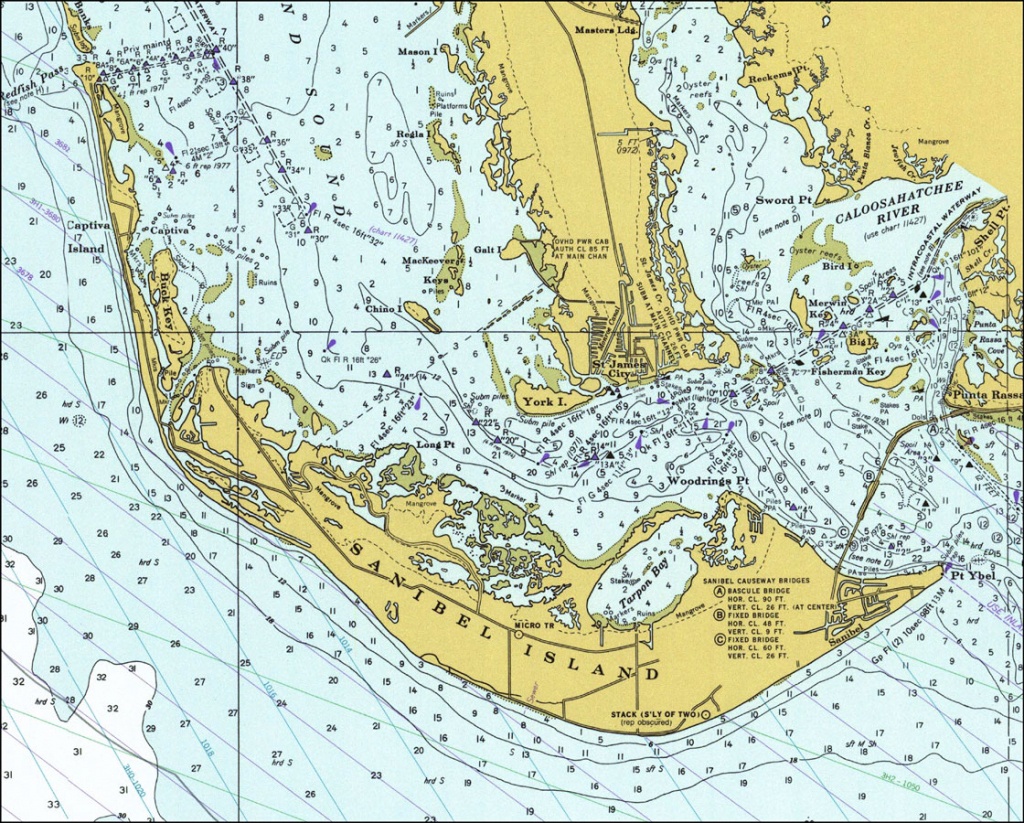
The lighthouse became a necessity in the last quarter of the 19th Century, as local cattlemen such as Cracker King Jake Summerlin (right), Capt. It was installed in 2012 at a cost of $20,650.Īccording to authors Yvonne Hill and Marguerite Jordan ( Images of America, Sanibel Island), the Sanibel Lighthouse “was a beacon of hope” for the island’s residents and visitors alike. The grouping is located in a landscaped area near the drop-off entry circle/overhang area of Sugden Hall that is similar to a drop-off area that is found at a resort.īeacons is part of the Florida Art in Public Buildings program, an initiative started in 1979 pursuant to section 255.043 of the Florida Statutes, which earmarks 0ne-half of one percent of the amount the legislature appropriates for the construction of state buildings for the acquisition of public artworks. As the top sections move in the wind, they reflect light in all directions as do the “beacons” of a lighthouse.

Enabled by stainless steel ball bearings, the tops have “branches that spin in the wind.” According to the artist, the tapering upright forms of each piece are suggestive of the lighthouses that can be seen in various places along the west coast of Florida. Their efforts and sacrifices greatly contributed to the growth and rich history of Sanibel as we know it today.Beacons consists of three 10-foot-high by 4-foot-wide brushed aluminum kinetic sculptures created by metal sculptor Harry McDaniel. These pioneers were a contrasting group of individuals, comprised of diverse ethic origins and cultures, yet all seemed to share a common goal of using hard work, resourcefulness, and determination to make the island their home. In the late 1800s and early 1900s, the original settlers of modern-day Sanibel arrived on the island. Over time, Sanibel was visited by European explorers, slave traders, pirates, and Seminole Indians, all of whom added to its colorful and intriguing history. In 1513, explorer Ponce DeLeon landed ashore the exotic isle, with its brackish estuaries, plush mangrove jungles, and sandy beaches, opening the door for others who would eventually find their way to the island. Sanibel, a barrier island on the southwest coast of Florida, was originally inhabited by the Calusa Indians around 1500.

as they recount the history of this beautiful island. Join Yvonne Hill and Marguerite Jordan in collaboration with the Lee County Black History Society, Inc.


 0 kommentar(er)
0 kommentar(er)
